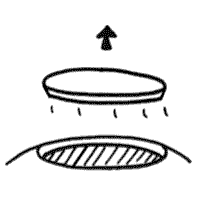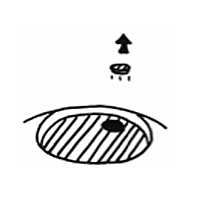Skin Cancer Treatment Options
There are a wide variety of treatment approaches for precancerous lesions and skin cancers. The appropriate skin cancer treatment depends on the type of lesion or tumor, the location on the body, whether the tumor is primary or recurrent, and whether the patient is immunosuppressed. During your assessment these factors are all taken into consideration before presenting you with a treatment plan. The typical options include:
Cryotherapy
This involves destroying the lesion with liquid nitrogen. It is fast and is usually the most cost-effective method of treating actinic keratoses (precancerous lesions). The treated area sometimes becomes permanently lighter in color because of the treatment.
Topical Medicines
5-Fluorouracil (Efudex or Carac), Imiquimod (Aldara or Zyclara), Ingenol (Picato), or Diclofenac (Solaraze) may all be used for actinic keratoses and certain superficial skin cancers. Treatment times differ depending on which medicine is used and what type of lesion is being treated. The primary advantage of these treatments is that they often leave much less of a scar, but can be more time consuming than cryotherapy and may be more expensive.
Destruction with electrodessication and curettage (ED&C) or curettage and cryotherapy (C&C)
These are office-based treatments that take about 5 minutes. They are highly effective for small nodular basal cell carcinomas or superficial squamous cell carcinomas in a low-risk setting. These treatments usually leave a scar.
Standard excisional surgery
Here, the tumor and a safety margin of 4-6 mm are removed in a quick office surgery. The wound is closed with stitches. It will leave a scar. This treatment is usually utilized for larger tumors on the body.
Wide Local Excision
Here, the tumor and safety margin of 5-10 mm is removed and the wound is sewn up. This is performed for early stage melanomas and is easily done in the office under local anesthesia. More invasive melanomas may require an even greater margin of 10-20 mm and/or a Sentinel Lymph Biopsy. These cases are referred to hospital based surgeons since they do require a trip to the operating room.
MOHS surgery
This specialized type of surgery involves removing the tumor and a minimal amount of surrounding tissue. The tissue is checked while you wait to ensure that all the tumor has in fact been removed. If it has not been removed, additional tissue is taken and rechecked. The entire procedure usually takes a half to a full day, but is highly advantageous in areas of the body when there is little tissue to spare such as the face, neck, hands, wrists, feet, and ankles. It is more expensive than other treatment options, but because the cure rate is higher it is ultimately very cost effective.
Radiation Treatment
This might be an option for some tumors and sometimes is recommended after removal of particularly high risk lesions. This requires referral to a local radiation oncologist.










